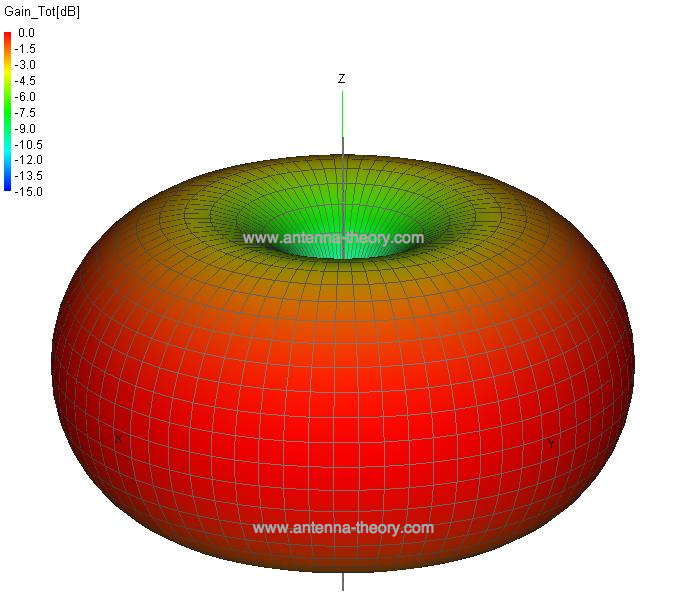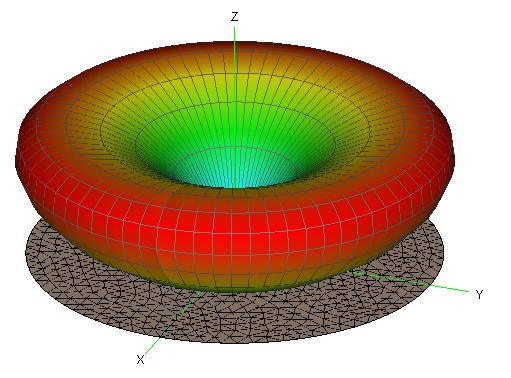An antenna is a passive device.
The gain of an antenna refers to its directivity times efficiency compared to an isotropic antenna.
An isotropic antenna is a theoretical antenna that radiates equally in all directions. If this antenna were encapsulated in the center of a sphere, it would illuminate all parts of the sphere equally and uniformly.
All other real world antennas do not illuminate a sphere equally. Some areas of the surface have more power than other areas. As a result of the antenna favoring some areas of the surface compared to others, the antenna is said to have gain when compared to an evenly illuminated sphere. The area or direction with the most power is considered to be the major lobe of the radiation.
While radiation has been used in this description, due to the theory of reciprocity, it applies equally to a receiving antenna.
You can also think of this in the context of a flashlight/torch bulb. If you illuminate the bulb without its reflector, it does not appear to be very bright. But if you now place a very narrow beam reflector behind it, you can shine it at someone's eyes with nearly blinding results. The energy emitted by the bulb has not changed, but to the observer it is as if the bulb is many times brighter. This is analogous to antenna gain.




